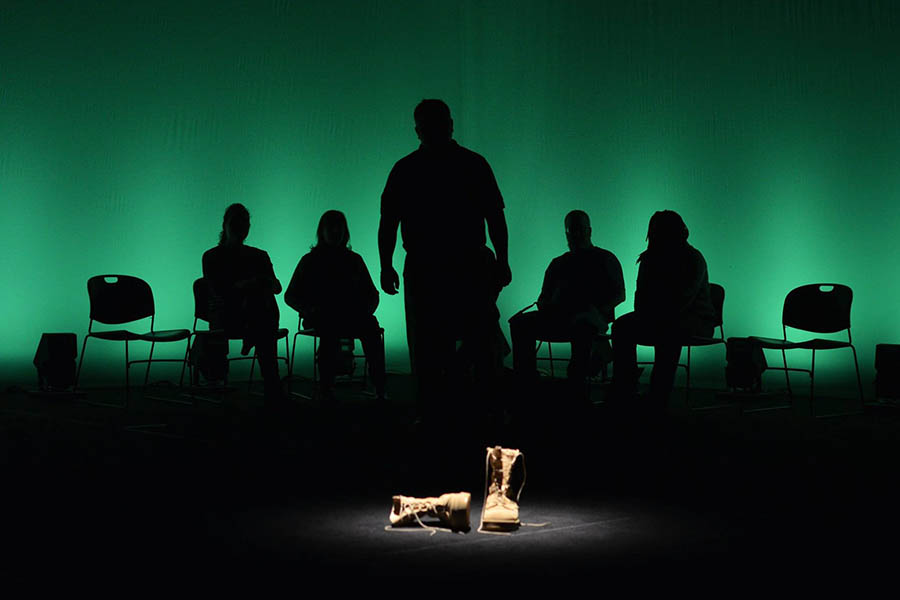I grew up near the end of what we now know in hindsight was the end of the Cold War, but which at the time felt like a kind of semi-eternal status quo, a bipolar, even Manichean configuration of the world into Us and Them, with any moral complications that seeped out of that contrast tidily compartmentalized into sides, hemispheres, border walls. And even though much of my adult life has been spent in the alternately euphoric and dispiriting wake of that old order’s collapse, its once-clear alignments splintering and refracting into bewildering new patterns, my worldview and temperament were indelibly shaped by the anxious, distrustful late decades of the 20th century, when nuclear holocaust seemed as plausible as human space travel, and vice versa.
It was also that era that shaped my thinking, such as it is, about war. Even as late as the 1970s and ’80s, World War II still loomed as a moral benchmark but also as a sort of cautionary catastrophic victory, followed as it was by two muddled American incursions in East and Southeast Asia. As the ugly vibes of the Vietnam War rippled through the U.S. of my childhood, the picture I got of war—from reading lists heavy on such jaundiced rethinks of WWII heroism as Catch-22 and Slaughterhouse-Five, or anguished antiwar classics like All Quiet on the Western Front and Paths of Glory, or early films about the Vietnam War, including Apocalypse Now and The Deer Hunter—was of a largely senseless, semi-organized cycle of mass hysteria and butchery to which each generation must submit with whatever grit and gallows humor it could muster. The chance that my generation, too, would have its war in due time, and that it would be just as deforming and defining of us as our forebears’ wars, seemed palpably real, and sufficiently nightmare-making, for a young mind.
I’ve now lived safely past the age of military service—as well as, it seems, past the days when the U.S. engages in full civilizational conflicts (yes, I’m knocking wood as I write this). We now rely instead on a tiny minority of volunteer servicemen and -women to fight our wars, hot and cold, in all their asymmetry and complication. In a certain sense, war and its fighters seem more abstract than ever, more metaphor than reality, not only because of their small percentage of the population but because this age of stateless terror and technocratic carnage has increasingly made what we once called “war” more like a bitter, protracted exchange of siege and counterinsurgency.
Veterans’ lives and sacrifices, of course, are not abstractions or metaphors. And while films, television, books, and other media have done their part in telling the stories of veterans and their families in this new age of war, the live medium of theatre has a unique opportunity to put us in touch with their corporeal presence, to give us a sense of the strong but breakable bodies our service members put on the line in our name. The role of American theatres in reflecting these realities and shaping these narratives, not just about veterans but with their cooperation and collaboration, is the subject of a series of articles in this month’s special issue, compiled with the help of poet/playwright Maurice Decaul, a former Marine. In part, it is a familiar story: that of a minority population whose pride and pain is too often misunderstood or caricatured in the large culture, and whose stories may be best told on an intimate scale, grounded in the authority that comes from direct testimony or its nearest equivalent.
What will today’s narratives of war impress on this and future generations? Though I’m not sure I believe that any story in itself can end the scourge of war, I do know that in acting and reenacting our conflicts as well as our felicities we have some dim hope of making sense of them—of ensuring that whatever we believe our service members are fighting for, it is not for nothing.





